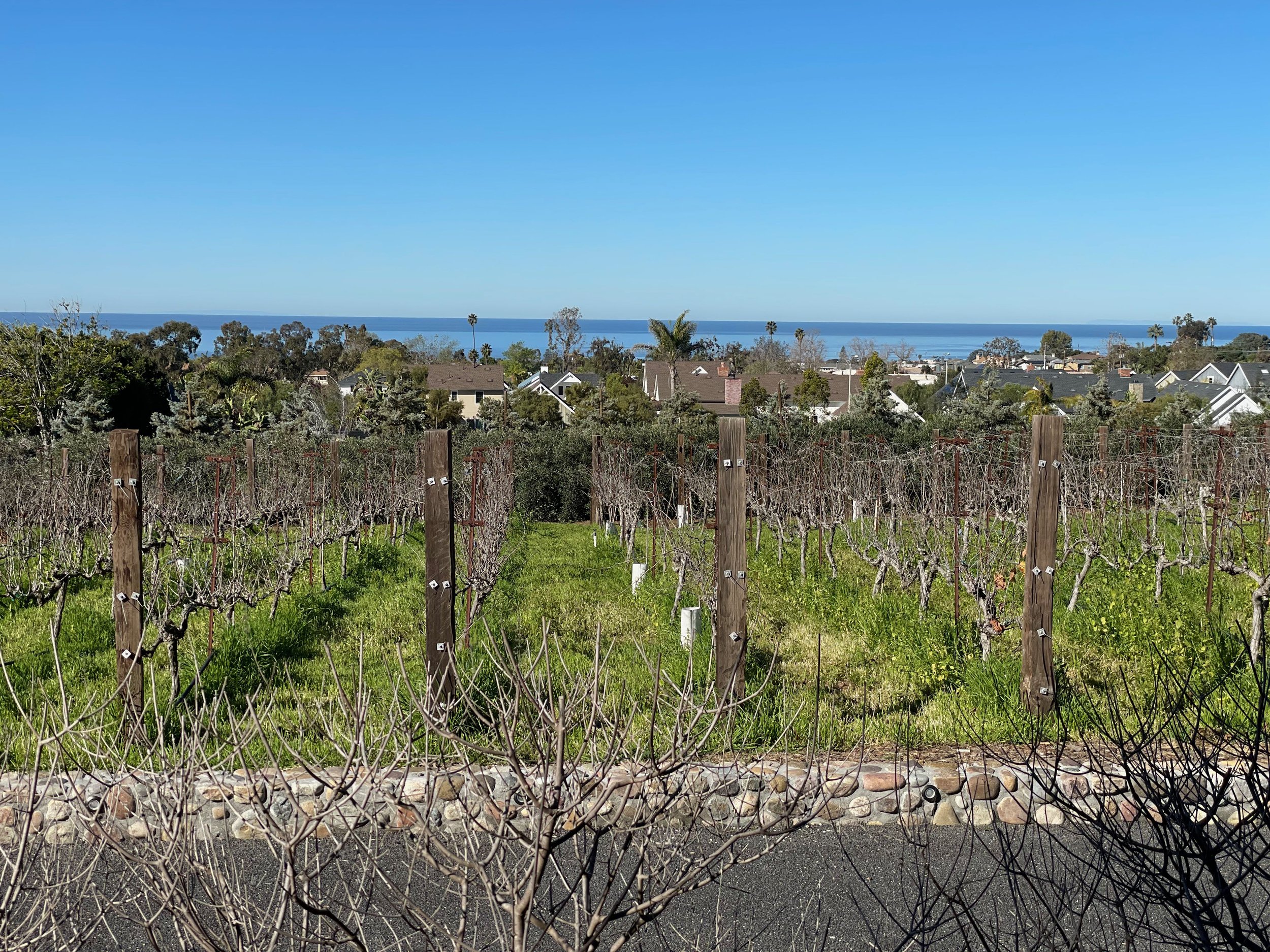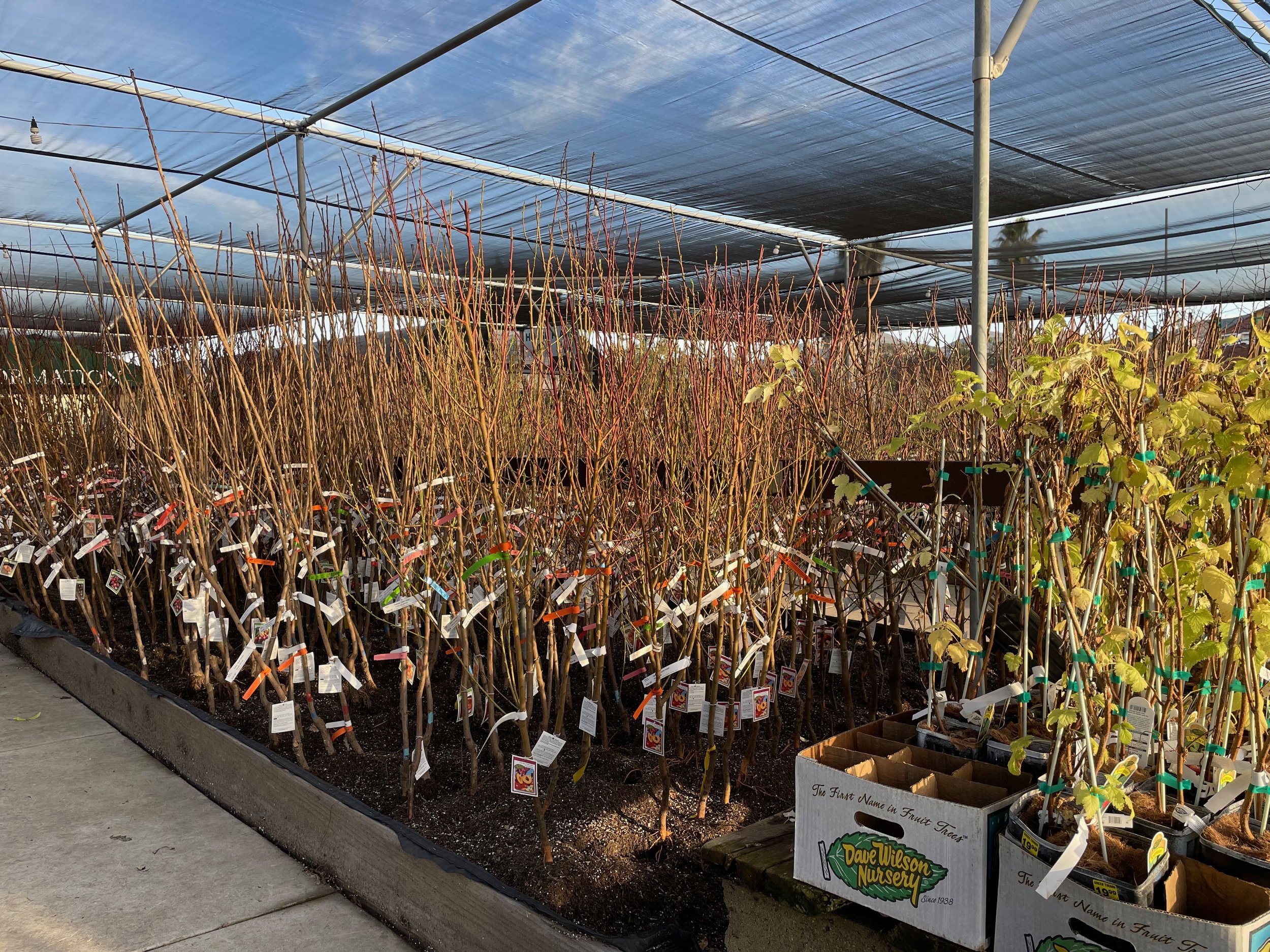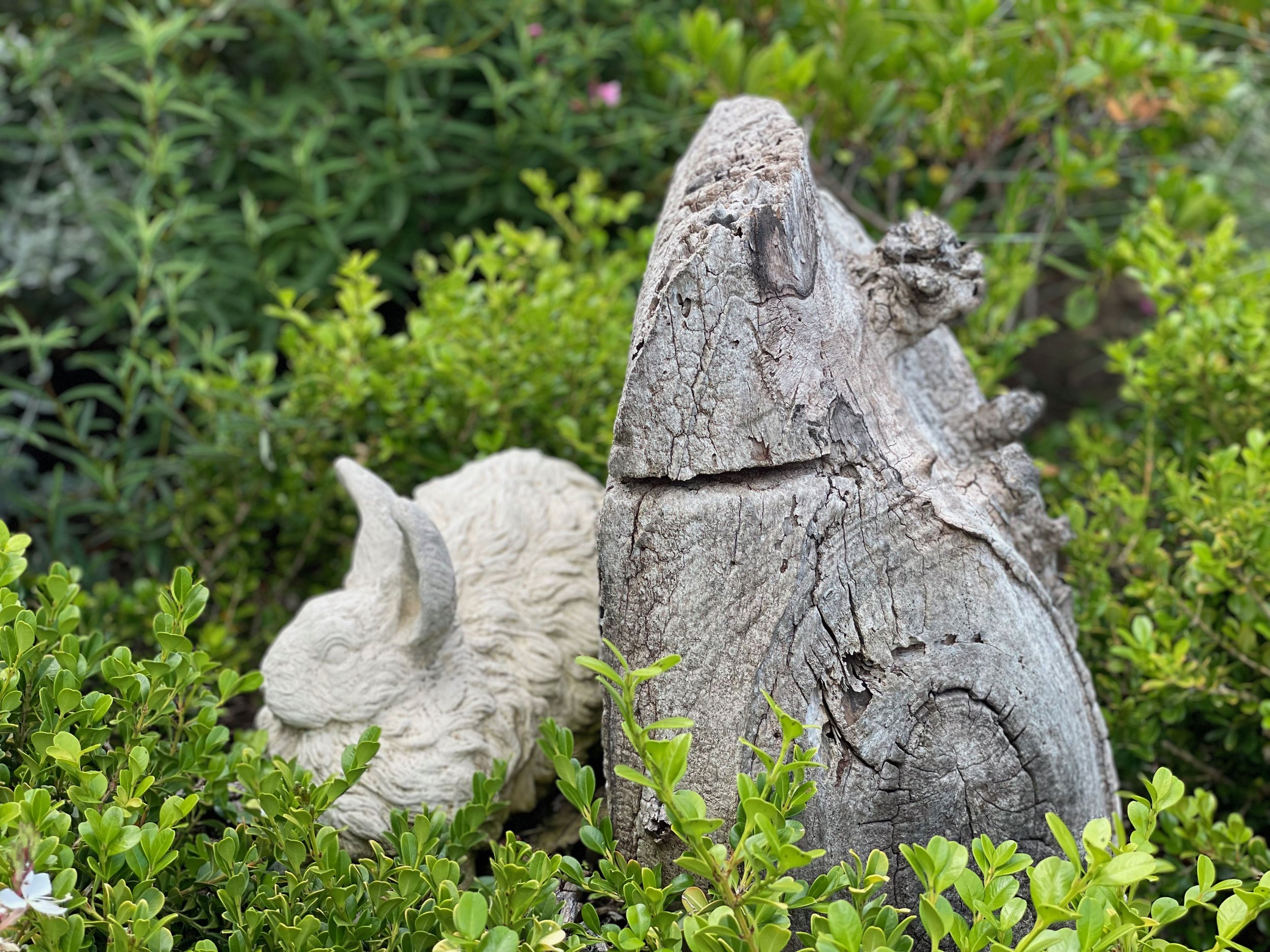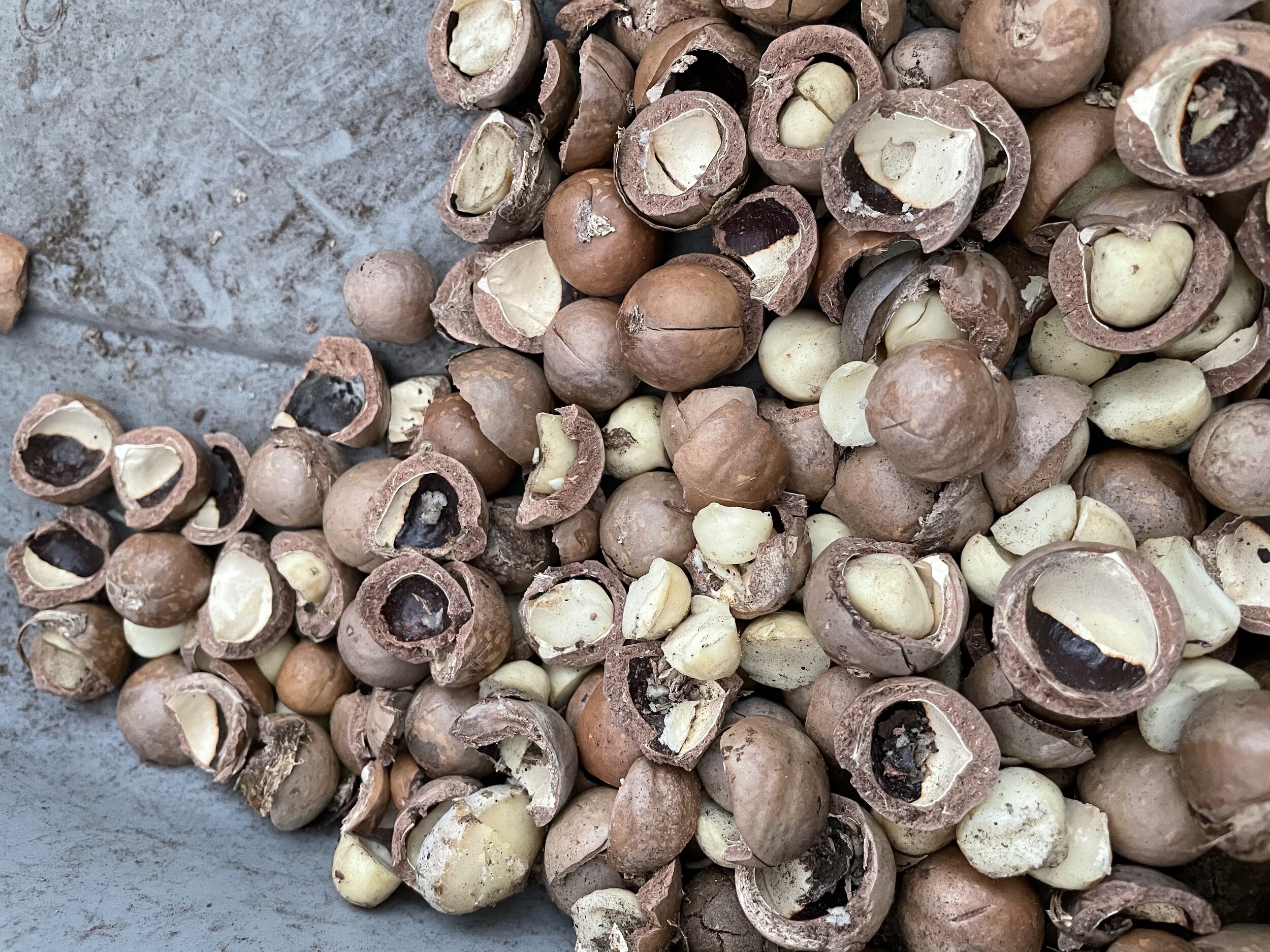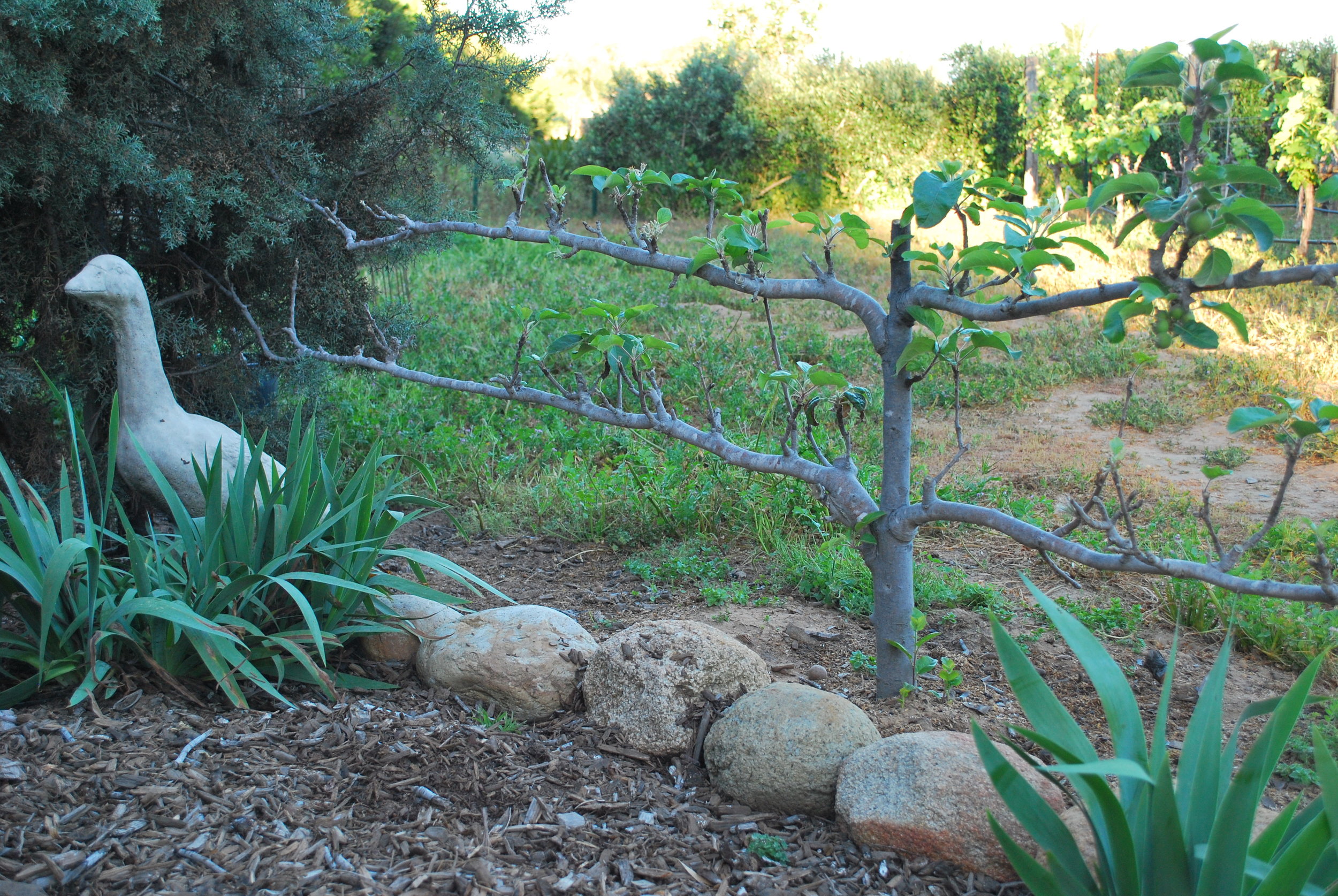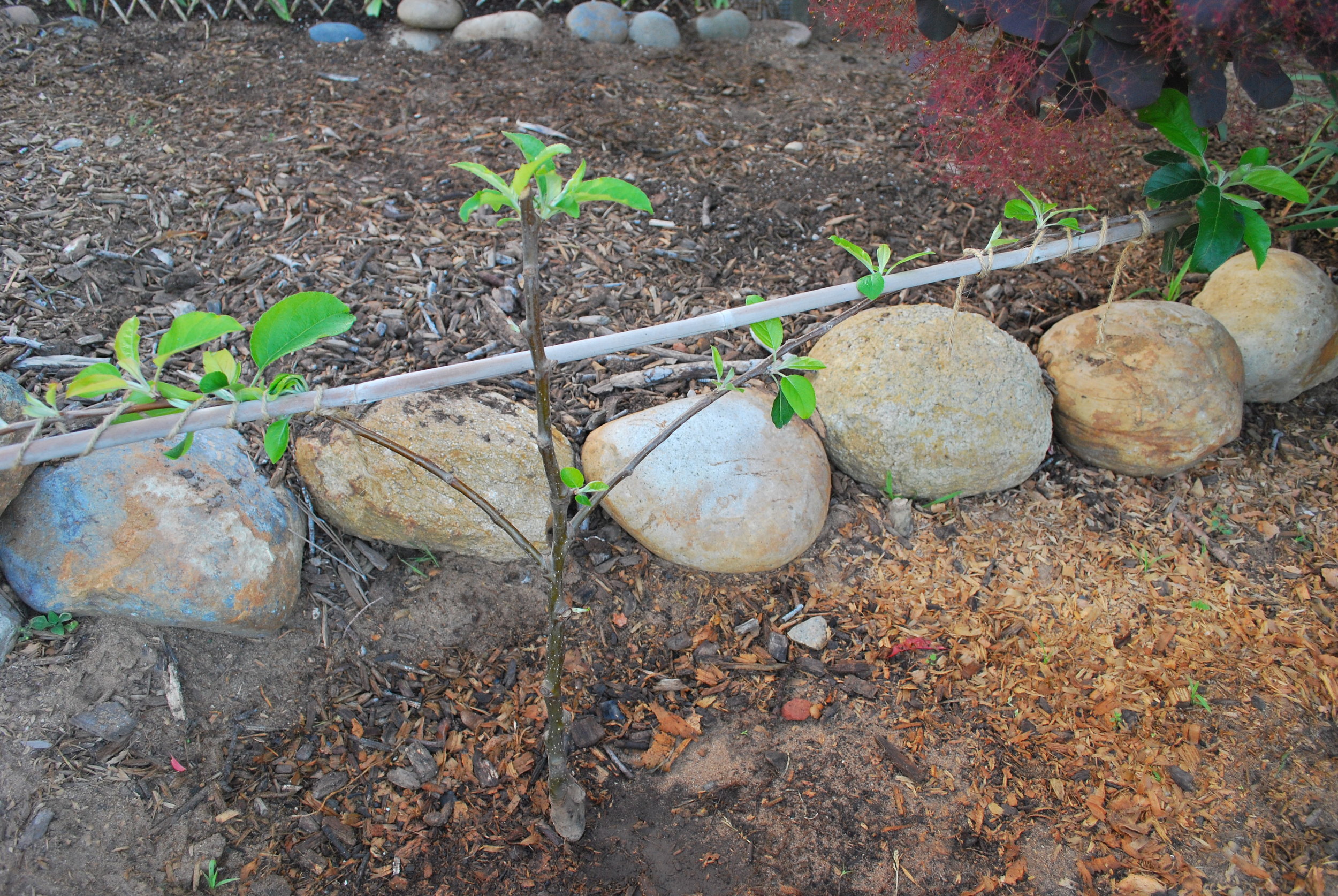I absolutely love growing my food, and cooking from the garden. It gives me so much satisfaction, besides tasting so divine and eating seasonally. I still have a long way to go, or more I can do, but I am getting there.
Vineyards and citrus don’t really mix. I was taught that in my vineyard management classes. Citrus can carry a lot of pests that are pests for a vineyard as well. Consequently, to support the health of our backyard Syrah vineyard, I have planted only a few citrus trees. I do have a lemon and lime tree, and a few years ago, I planted a Moro Blood Orange. If you are going to have one orange tree, make it a special one.
The Moro Blood Orange tree is special, and the most popular of blood orange trees. It is a beautiful self-fertile ornamental orange tree that reaches 12’ to 15’ high when planted in the ground. Blood Orange trees need a warm temperate climate. They can be grown in containers in cooler climates, and moved indoors as the temperature drops. Once planted it takes 3 to 5 years to for the blood orange tree to bear it’s crimson fruit. This year is the first real harvest for me. It was worth the wait.
The fruit is spectacular in appearance—round, medium in size, and has a red tinge color skin. To me it tastes much sweeter than a regular orange, and maybe a bit more acidic. There are only 1 or 2 seeds to each orange, and the juice is a deep beautiful crimson color. When traveling in Italy, it is common to see Blood Orange juice served with breakfast.
Eating a freshly harvested Moro Blood Orange is a treat by itself. However, the crimson flesh and juice lends itself to many types of dishes— baked goods, sauces, salads. In fact, where ever your creativity in the kitchen takes you. it reminds me of love, hearts, and Valentine’s Day. A perfect food for February.
Please share if you grow blood orange trees.
Bon Appétit et Bon Weekend….Bonnie






